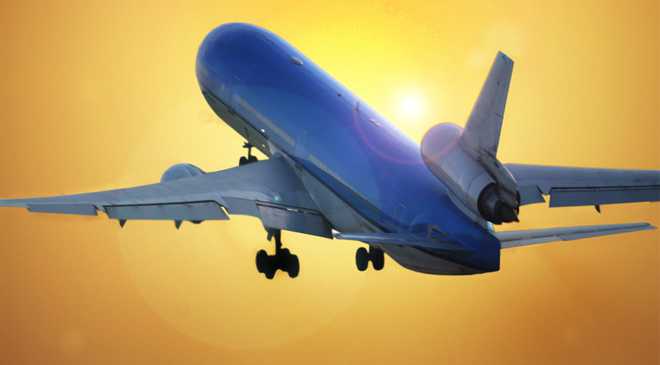Asia has solidified its position as the largest airline passenger traffic region in the world, expanding its lead over North America and Western Europe in 2013, according to a report prepared by global aviation consulting firm Arthur D. Little in partnership with Air Transport World.
Asia’s passenger growth of 8.1 percent in 2013, compared to 2012, resulted in its dominance, with the region accounting for 29.1 percent of airport passenger traffic, according to the ADL World Airport Report 2014. In contracts, share of market within North America (25.7 percent) and Western Europe (25.3 percent) contracted in 2013 because of sluggish passenger growth.
Globally, airline passenger traffic grew 4.3 percent in 2013, the report says.
Arthur D. Little predicts increased competition among airports globally in the coming years. The firm says airports have “entered the era of hyper-competition,” with major companies such as Fraport, Aeroports de Paris, Vantage Group, Hochtief and others building large airport portfolios. The report also notes that competition is strong among hubs to attract connecting traffic and long-haul routes, and that competition within “megacities” with more than one major airport is increasing. In some regions, low-cost airports are challenging main hubs, the report notes.
In 2013, 45 airports together generated 50 percent of the global traffic growth, and 55 airports accounted for about 50 percent of total worldwide passenger traffic volume.
Regionally, a passenger traffic boom occurred in Eastern Europe and Russia, Latin America, Asia and the Middle East, with those regions recording growth well in excess of the global average. Passenger growth was strongest in Eastern Europe and Russia at 13.5 percent in 2013, according to the ADL report. Asia’s 8.1 percent growth was followed by a 6.3 percent passenger traffic gain in Latin America and the West Indies, and a 7.6 percent increase in the Middle East. Malaysia, Peru, Colombia and Thailand has growth exceeding 15 percent.
Passenger growth was much smaller in more “mature” aviation markets. Oceania registered a 2.8 percent passenger traffic gain, airports in Western Europe experienced combined passenger gains of 2.3 percent and North American airports grew by just 1.1 percent. Only Africa had a worse performance, with the region recording a 0.3 percent decline in passenger traffic.
Specific to North America, the Arthur D. Little data shows gains for six of nine major hubs. Los Angeles International (LAX) had the strongest growth among the nine hubs in 2013, with passenger traffic rising 4.7 percent. Toronto Pearson International (YYZ) registered growth of 3.2 percent, followed by Dallas/Fort Worth International (DFW) with a 3.1 percent increase, Newark Liberty International (EWR) with a 2.9 percent gain, John F. Kennedy International (JFK) with a 2.3 percent passenger increase and San Francisco International (SFO) with a 1.2 percent gain.
Chicago O’Hare International (ORD) was one of three of the nine airports to register a decline in 2013, with passenger numbers falling 0.3 percent. Hartsfield-Jackson Atlanta International (ATL) had a 1.1 percent drop and Washington Dulles International (IAD) ended the year with a 2.8 percent drop in passenger traffic.
The ADL report notes that overall in North America, passenger traffic has not fully recovered to the peak of 835 million passengers reached in 2007. In 2013, North American airports collectively served 829 million passengers. However, the number of international passengers was at the highest level in North America in 2013 at 181 million, compared to 156 million international passengers in 2007.






